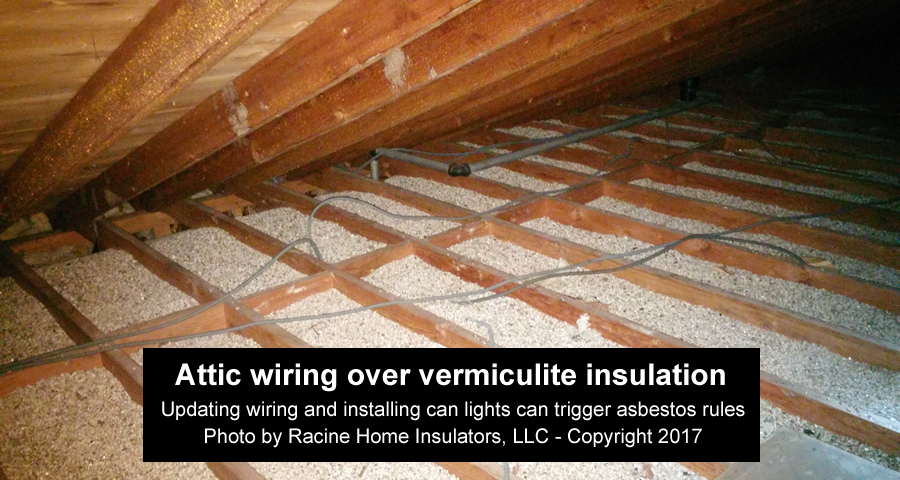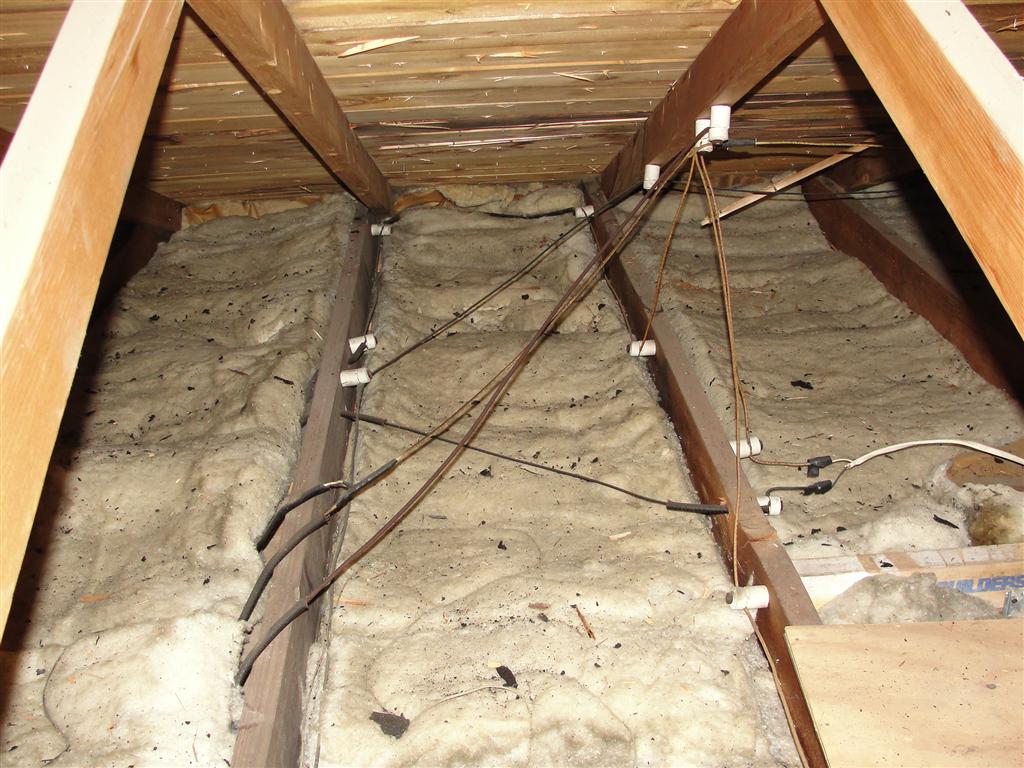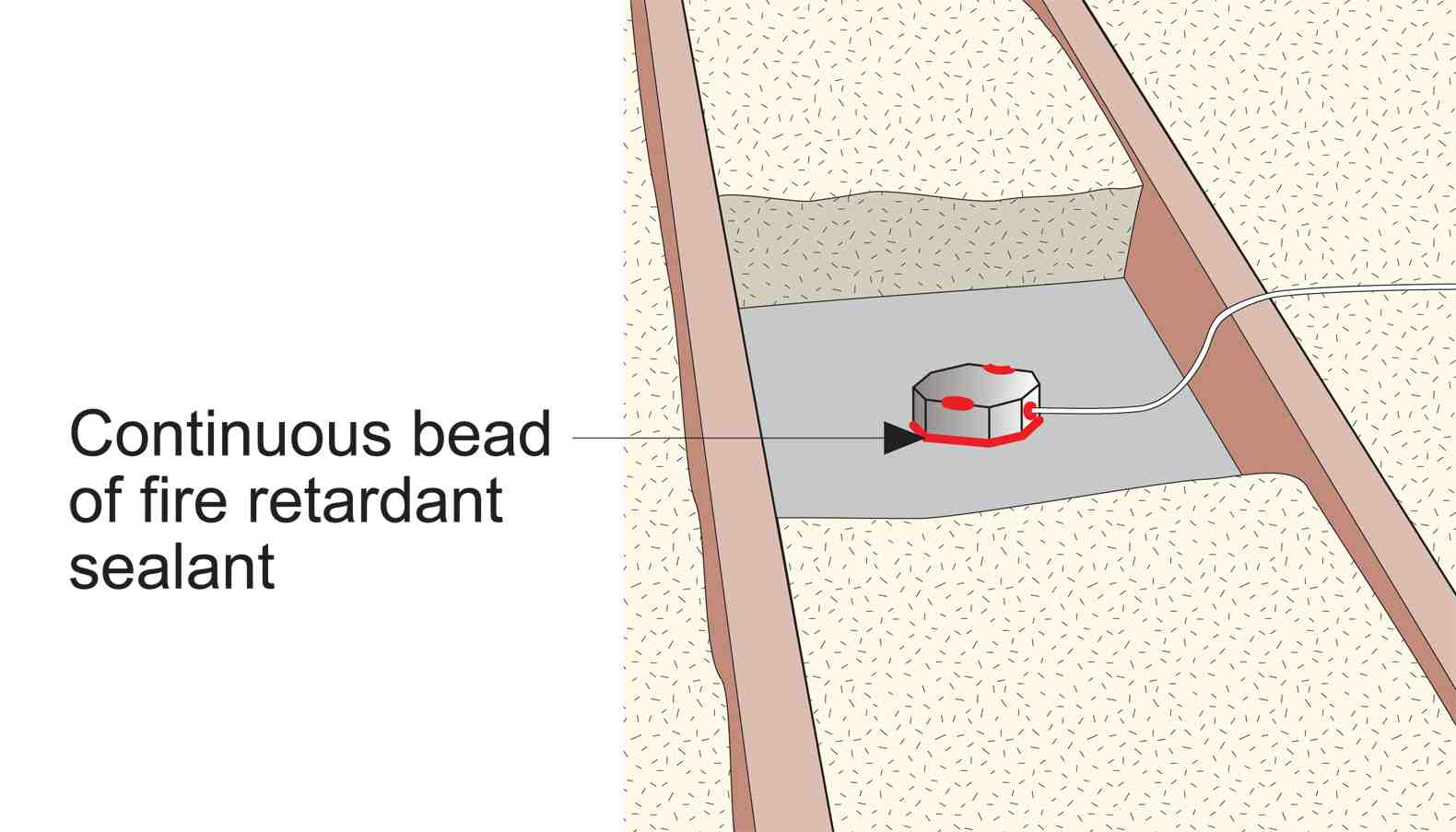While one person holds the flashlight the other person should use a staple gun to run the wire along the rafters from one entry hole to the other.
Rules for running electrical wire in attic.
An attic that is accessible which is defined by the nec as having a permanently installed stair or ladder in place must have protection for any cables that run across the top of the attic floor joists or within 7 feet where they run across the face of rafters or studs.
Working on your own electrical system is fine but only licensed electricians can work on someone else s.
The attic wiring should be protected and secured to ceiling joists or other wood structural supports.
This video is.
This is a code violation in most places.
To run the wires inside rigid conduit you ll need a hacksaw a pipe bender capable of bending 1 2 in.
Yes this should be corrected and it would be good to have the wiring and all the circuit connections inspected as well.
The staple gun should be loaded with wire staples designed for holding the size and type of wire you are running.
If there is access above the light in an attic or kneewall space you can remove the wire from the existing fixture box and install it in a junction box.
Electrical wire electrical wire for the home.
Bring all of the wire up into the attic.
A pull down attic ladder does not count.
Trouble is once friends and family hear that you re good at electrical work requests to help with theirs may start coming.
Running wires inside rigid conduit.
Electrical wire for the home.
As long as it passes inspection there s no code violation concerns for diyers handling their own wiring.
The following links will assist you with your electrical question.
When you must deal with an attic space because you can t run the cable by simply pushing up the ceiling tiles there a few things to consider.



























